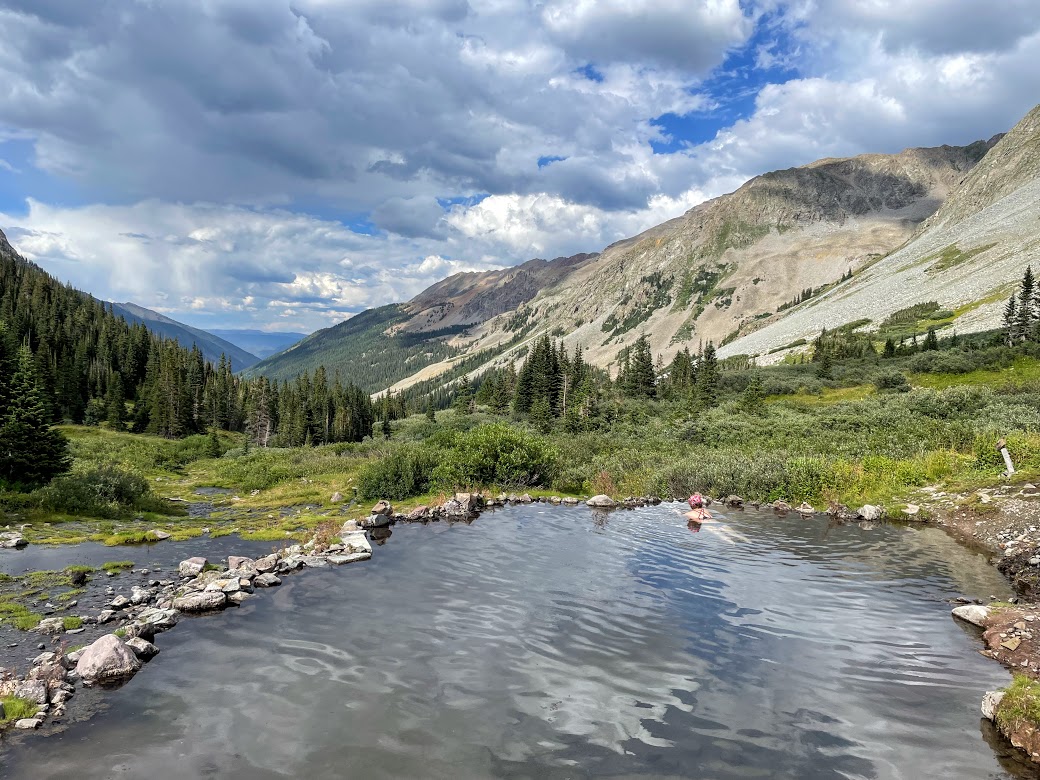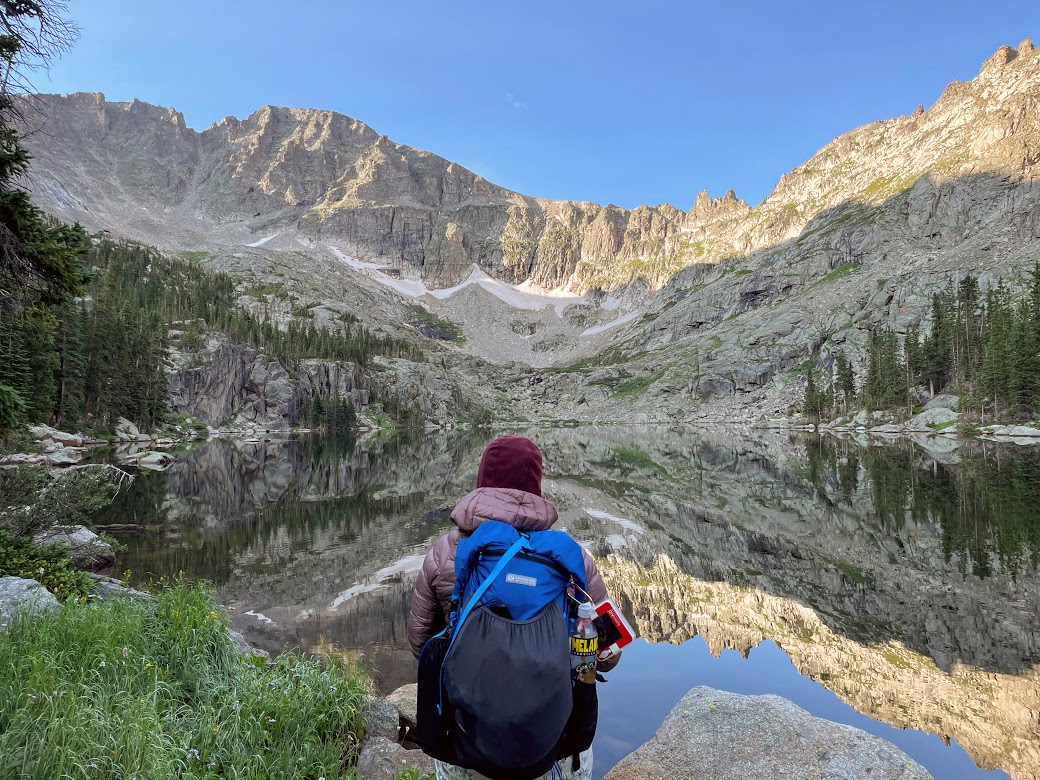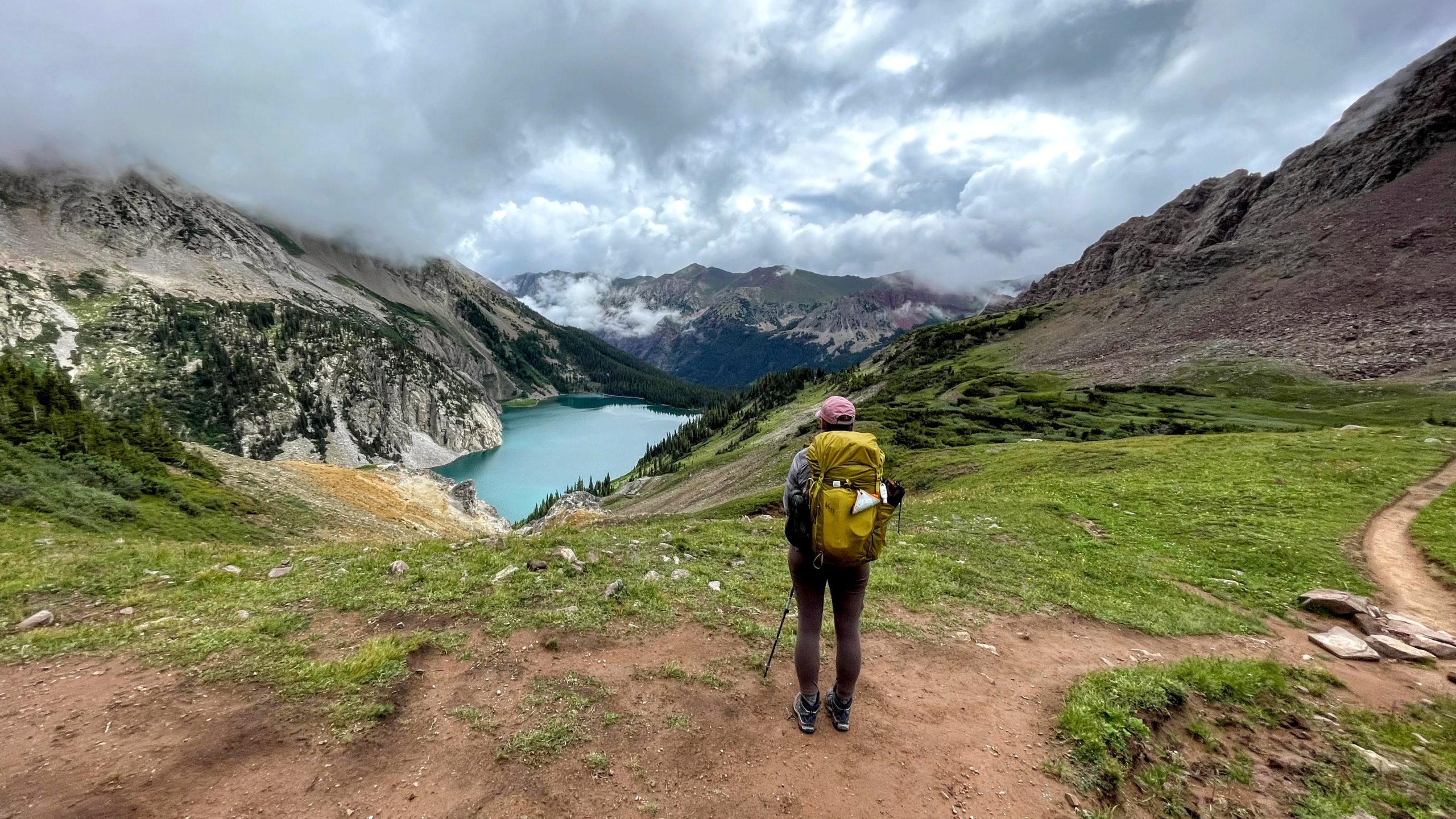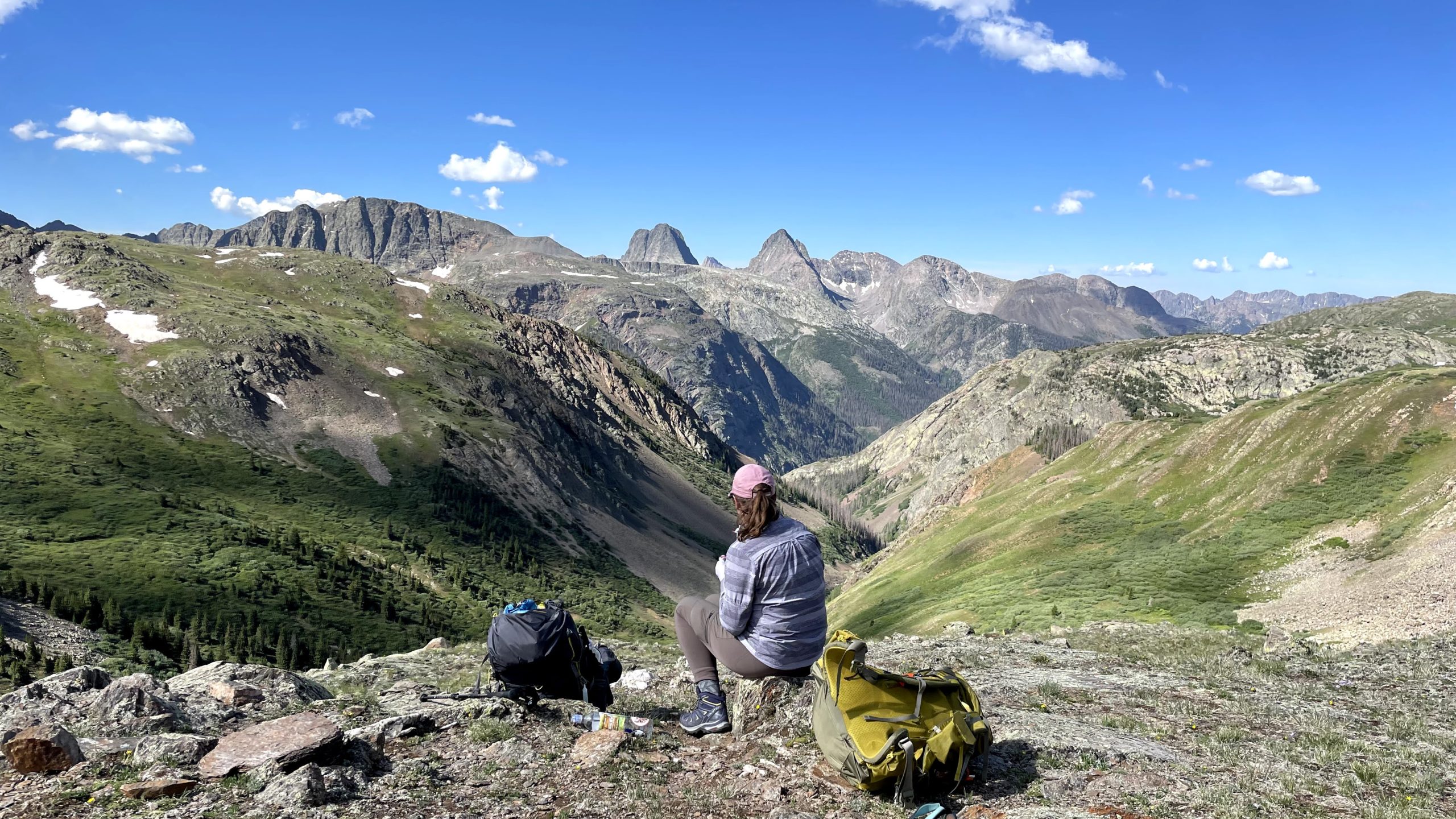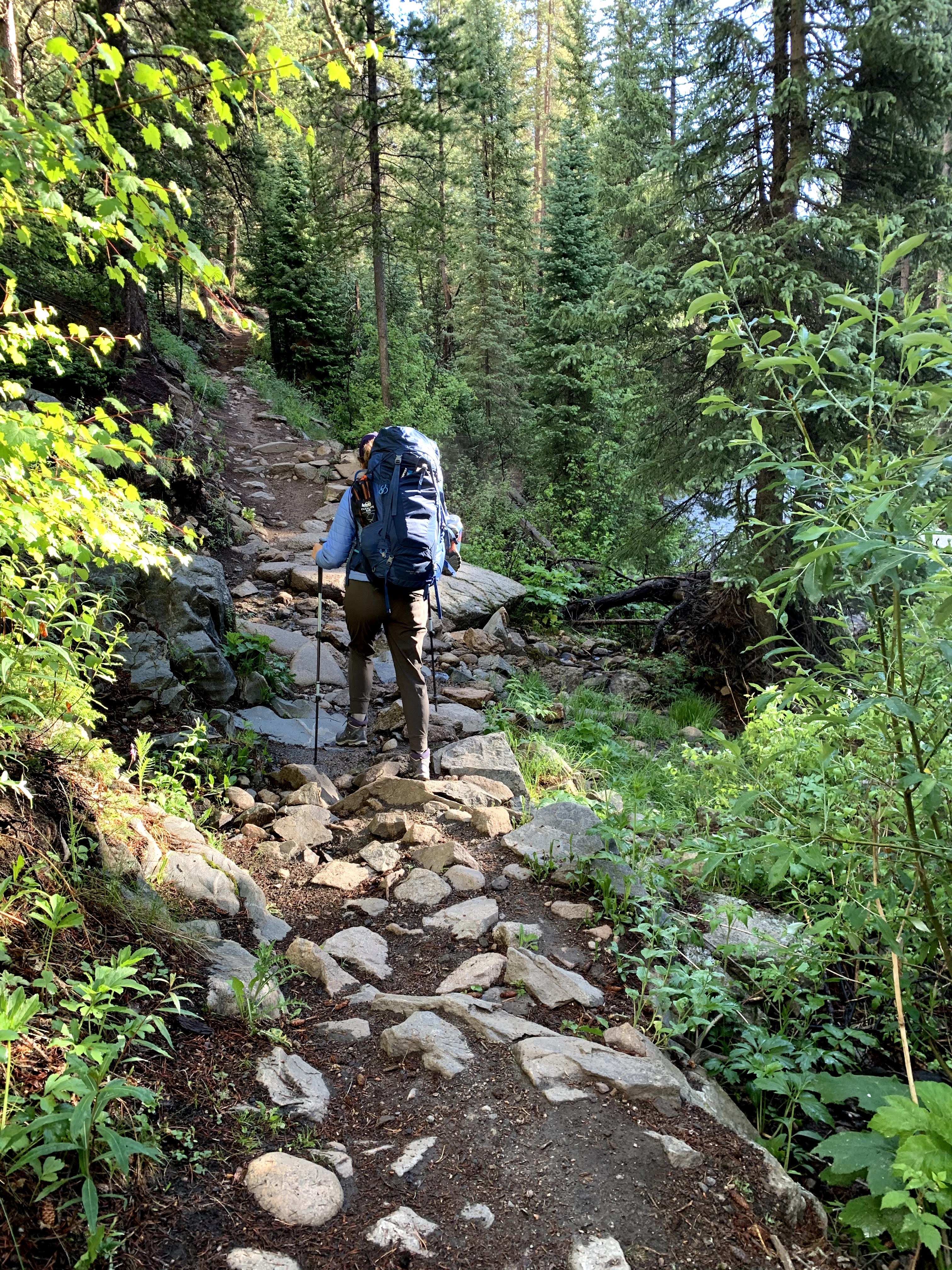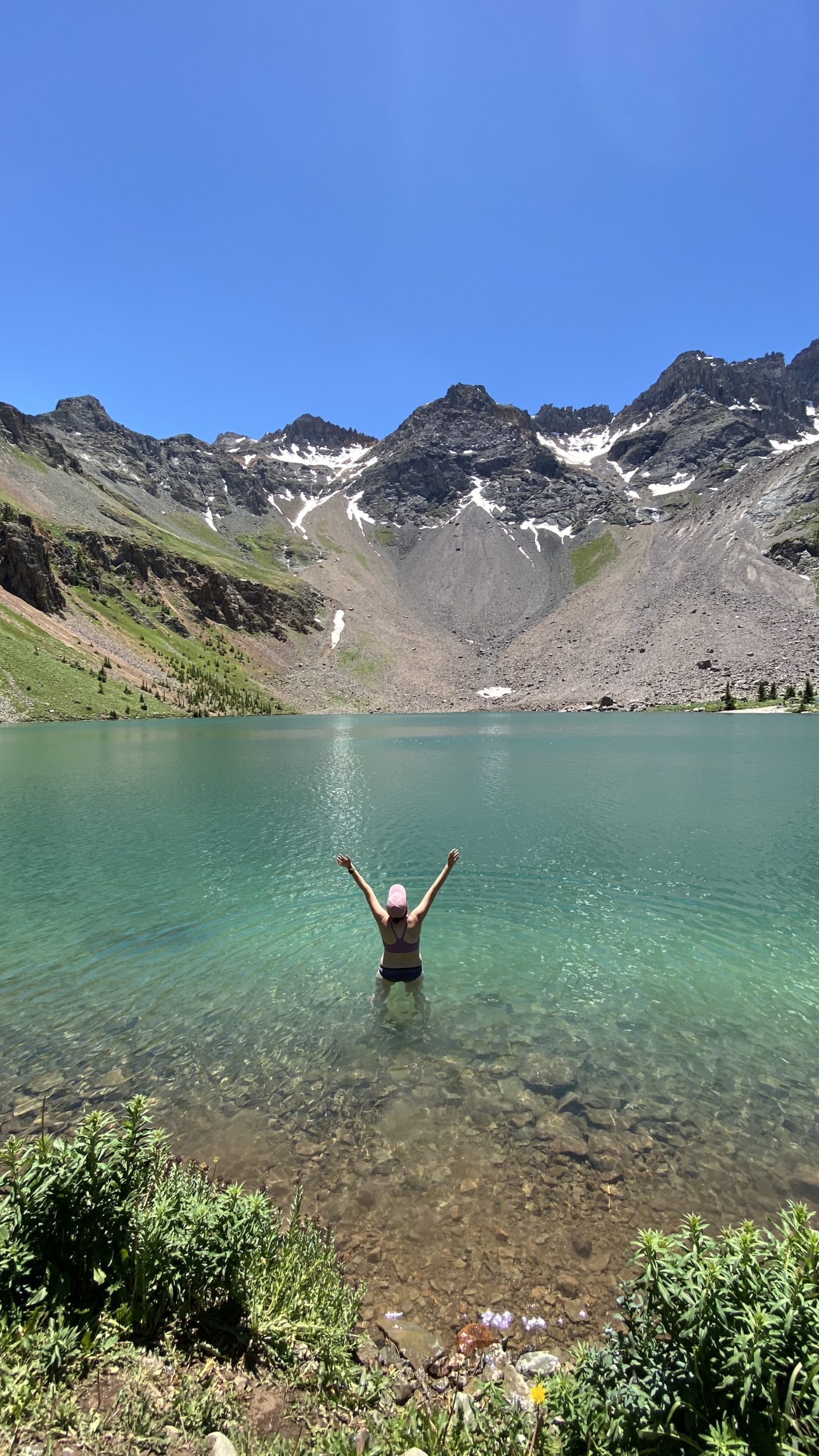The highlight of our 17-day trip to Portugal, Spain, and a bit of Iceland was definitely spending 4 days hiking the Fisherman’s Trail, or Rota Vicentina in Portugal, from May 18, 2023-May 21. It is 76 km or 47 miles for the portion we walked. We mostly did the portion in the Alentejo region of Portugal, with beautiful beaches and scenic cliffs, and a little bit of the famous Algarve southern beach region. I discovered this hike when I enjoyed the Laugavegur Trail in Iceland as a great way to see a country, but found that this one involved staying at hostels/hotels and eating wine and seafood every night. This is an associated trail to the Caminos, the most famous of which is the Camino de Santiago pilgrimage. The trail has actually been expanded since we originally planned the trip in 2020 (obviously that was canceled), and you can now walk all the way to Lagos and spend 12 days hiking.
To skip to Day 0 of my hiking journal, click here.
Overall Fisherman’s Trail Advice and Guidance:
- The Stingy Nomads guide was our favorite resource for this hike. We used this when we were originally planning our hike for 2020 and then recently, discovered that the couple that run this site loved this region so much that they moved to the south of Portugal. I won’t go into planning details that are already covered on this site here, but it’s a must-read if you want to do the hike.
- The Rota Vicentina official website was also a great resource. We downloaded the map from Gaia to our phones from here, which was our main map that worked great. The trail is clearly marked with the green and blue lines, but the sand and social trails can make it confusing at times, so having the map is helpful.
- If we did it again, we would do the luggage transfer service. We pride ourselves on traveling light and obviously typically backpack carrying a lot more supplies like a tent and cookware, so we thought it was really unnecessary (and you couldn’t have convinced us otherwise at the time anyways). However, while weather in the 70s by the coast sounds nice, hiking in no shade is very hot, and carrying a really light day pack would have been nice. The van service goes between the towns and is not really that pricey for what you get, and appears to be what most people did.
- We completed what is listed as days 1-4 on Stingy Nomads. Day 4 was the hardest both technical and weather wise and had a bit more road walking due to some private land along the coast, so if we were to skip a day, it would have been that last day. Days 1-3 would be excellent for a shorter trip.
- By far our favorite towns were Porto Covo and Zambujeira do Mor. I will go into details and photos in those sections, but we wished we had spent an extra day in either or both. They are small but charming and beautiful places. We did an extra day in Odeceixe, and the day seemed really long (once again, rain didn’t help).
- As for technical difficulty, most Colorado backpacking and the Laugavegur Trail are harder. The difficulty mostly lies in walking in sand, which is hard on your feet and legs. There is nearly no shade. They warn you not to do the trail if you have a fear of heights (which I do, for sure), but I found this not to be very scary – the trails along the cliffs are stable and have some space along the edge. It might depend on your fear, but for me, this was not as bad as Pawnee-Buchanan and Four Pass Loop or even Laugavegur’s steep ascents and descents.
- People of the Fisherman’s Trail: this was a older crowd generally than we backpack with – lots of camino hikers, 40s-60s retiree type age. Definitely some people our age or younger, but we were in the minority age group. Few Americans and English speakers and lots of Germans, Italians, French etc. It was cool and inspiring to me to see. This would be excellent to do solo; there’s a good amount of people on the trail so you aren’t out there alone (a couple hundred a day?), but spaced out so it’s not super overcrowded. I just love the atmosphere of hikers and walkers; it’s a lot more fun than hanging out with your typical tourists since you are all interested in this hiking adventure.
- I would follow the Stingy Nomads packing advice and prioritize sun protection. I highly recommend lightweight and light-colored long sleeves, long pants (I have the ones that zip into capris and shorts which was perfect), sun gloves, and a hat that can be secured in the wind. We did laundry every night by hand. Nick and I wore trail runners. My feet swelled up more than they ever have (despite wearing these trail runners a lot prior) and I got some blisters, which I really don’t get usually. Thru-hiking is a different beast than regular hiking with its long distances every day, and these were hotter temperatures, so I definitely advise wearing trail runners and sizing up half or full sizes.
- I brought my p-style and Kula cloth – it is hard to find a private spot to pee, so definitely recommend these tools (there was TP everywhere which was gross – Kula for the win). I also swam in the ocean which allowed opportunity to pee freely, but I understand it was too cold for most.
- This was probably the most affordable part of our trip – we could get private rooms for good rates, food and wine was cheap and delicious, and our activities of walking all day and going to the beach were free. It was also less touristy, even with all the hikers, and we felt more like we glimpsed every day life in Portugal in the towns with kids going to school, people playing soccer or going to the beach, commuting to work in the mornings, and hanging out eating and drinking.
Day 0: Lisbon to Porto Covo
Hotel: Hotel Apartamento Porto Corvo
I am the target text.We took the bus from Lisbon to Porto Covo, which was a nice air-conditioned bus. Here is what the bus station looked like out of Lisbon.

We arrived in town in late afternoon, with perfect timing to catch the sunset.

Our hotel was really cute; we had a private room which was wonderful after hostels, and I wish we had time to enjoy the little pool and terrace. The town is small but incredibly charming with its whitewashed walls, red tile roofs, and coastal views. The houses match, and immediately, I dreamed of moving here. To have a house with a beautiful garden in a quiet town, with the ocean as your soundtrack, sounds so wonderful. I imagined a world where Nick could have his sewing machine set up, me with my laptop and notebooks writing, and reading out by the coast every day.
Porto Covo was a wonderful change from Lisbon. For us, Lisbon was beautiful but hot, crowded, and touristy. Porto Covo’s cool sea breezes and quiet was just what we needed.

We had the most incredible meal at Lamelas, Chef Ana Moura’s restaurant. She is a Michelin-trained chef and every drink and dish was prepared with such thought and care. This was our favorite meal of the entire trip.


We headed to bed after our amazing meal, eager to start the hike the next day.
Day 1: Porto Covo to Vila Nova de Milfontes
Distance: 19 km/11.8 miles
Hiking time: about 8-4 pm including all stops
Hotel: Casa Amarela
We had some free breakfast at our hotel with mostly other hikers. Portuguese breakfast has some croissants and other breads, deli meats, cheese, and coffee. We would typically grab some fruit or bread from breakfasts each day to take on the hike.
One fun part about this trail is it starts in the town and you go through directly through the towns as part of the trail.

We started off along the coast and had some climbing up and down, including the part shown with a rope.
 Throughout the first day, you can choose to follow the trail or walk directly on the beach. We chose to walk directly on the beach, mostly.
Throughout the first day, you can choose to follow the trail or walk directly on the beach. We chose to walk directly on the beach, mostly.

I think I was the only hiker I saw who got in the water this day, but I could not help myself. I love swimming in the ocean, and although many said the water was cold, I grew up swimming in the Pacific Ocean on our California vacations, and the water is about the same temperature as Southern California ocean. Plus it was immediately hot, so the cool off was so refreshing. The water was crystal clear. I liked having my Tera Kaia set for this, which is underwear that is meant to double as swimwear.

There is a restaurant really early on in the hike (3.5 km or 2.2 miles in), so we stopped for cappuccinos, which was nice. We did not necessarily need a break at this point, but it felt luxurious to take advantage of stops like this when we are typically backpacking out in the wilderness with no restaurant or coffee shops.

We did see some surfers along the beach. There was a boardwalk along a public beach. Then, we got into the cliffs section, rising above the water and hiking through a sand dune.

Storks nests with baby storks lined the cliffs, along with some pretty flowers.

It was hot, but the wind helped with cooling.

We soon approached a restaurant on the way in to our next town (Porto das Barcas). All the hikers were out and about at the outdoor bar section, which was a perfect place to grab some snacks and drinks and rest our feet. In Portugal, “toasts” are basically grilled cheeses and delicious, often with ham or other ingredients added.


We got to town and walked to our hotel. We were trying to find the place based on the address on Google, and then ran into a man on a scooter who happened to be the owner and showed us to the room. It was a pretty little private room and bathroom, with some nice common spaces and clotheslines. The owner has decorated the place with art from his travels.
Vila Nova de Milfontes is a pretty sizable town compared to the others, so there were lots of restaurants and cafes. We decided to head to the beach to relax, and then head back to our room to shower and get ready for dinner. Grocery stores in these towns tend to close somewhat early, so Nick made a quick snacks run for some nuts and trail mix.

We headed out to dinner at Ritual tapas, which was lovely.

Someone started playing the guitar – Country Roads, Take Me Home (American music is universal, it seems). We tried to get ice cream, but the place was closed, so we headed back to the hotel to rest up for the next big day of hiking.
Day 2: Vila Nova de Milfontes to Almograve
Distance: 12 km/7.5 miles (shortened 4 km due to ferry)
Hiking Time: About 9-3 including ferry ride and all stops (2 hours beach rest)
Hotel: Pousada de Juventude
We woke up, packed, and had breakfast at a nice cafe in town. Getting a big breakfast in is another luxury of this hiking style we aren’t used to from wilderness backpacking.
IMG_3888
We walked to the fortress to take the ferry to the other side of the river. It saves 4 km of road-walking, so no-brainer for us.

As a bonus, there is a cat colony that the ferry owners care for, which I was so excited about. The ride is really short and we rode with some other hikers.

 You then walk along the beach and cut over to the trail, which gets you back up along the cliffs with the breathtaking ocean views.
You then walk along the beach and cut over to the trail, which gets you back up along the cliffs with the breathtaking ocean views.


There is a field and a section through some forest, and then along a fence.

There are stairs down to a beach, which is your only opportunity to go to the beach. I believe this was Praia de Brejo Largo. It is a gorgeous beach with white sand, clear blue water, and lovely cliffs.

Since it was our shortest day mileage wise and it was only 11:30 at this point, we decided to relax at the beach for about 2 hours. I finally saw some other hikers relax and even go in the water. I went in the water, of course, and we walked up and down the beach too.


We saw some hikers go along the beach and they must have found a way to reconnect to the trail later. We really did not see a good way to do that – there was an old collapsed stair and maybe scaling cliffs? So we just came back up the stairs we came down on and continued along the trail.


It was very hot with lots of dune walking along the cliffs. We got to a solid ground road which was a relief and walked to town.

Our hostel was towards the beginning of where the town starts, which was great. Even though it was a hostel, we had a private room and bathroom with an incredible view of a field of horses and a clothesline. It seemed to be all hikers staying there, which was fun. It also had a nice little outdoors hangout with hammocks.

Almograve is really small with a few restaurants and a couple of shops. The beach is not very walkable from town. We decided to buy some snacks at the convenience store and relax in the hammocks.


Dinner restaurants were not open yet, so we waited until they opened and then headed to a small, casual restaurant around 6. Honestly I’m not sure the name of the restaurant; it was near the roundabout with a menu in chalkboard outside.

As always in Portugal, the food was fresh, cheap, and fantastic. We had Portuguese wine for a few Euro, As always, there was bread, olives, and cheese for cheap – here, they also had shrimp as part of the snacks. We had octopus stew and fish, which was delicious.

Our friendly waiter brought us a shot of liquor to finish off with. We took our leftover bread to snack on the next day. We caught the sunset at our hostel before heading to bed.

Day 3: Almograve to Zambujeira do Mar
Distance: 22.5 km/14 miles
Hiking Time: About 8-4:30 including all stops
Hotel: Ondazul
After a breakfast with all the hikers at the hostel, we headed out of town early through a little forest along the coast to start our longest day, 14 miles.

We rested at a beautiful beach and had some snacks.

Then, we walked on a road with a cute exercise route.

This was a gorgeous cliffs day, with lots of storks and babies.



Once we got into the forest a bit, we were really appreciative of the shade.

We came to our first tiny town, Cavaleiro, and were able to get another “toast” which as you know is basically a big grilled cheese sandwich.

There were lots of hikers at the restaurant, but we found a spot. We met an older British couple who were taking their camper around Portugal and brought e-bikes to explore. They had biked in, and asked us about the hike. We ended up seeing them throughout the day. They were staying near Zambujeira do Mor, which they told us was great.
We walked by a lighthouse at Cabo Sardao, and then saw so many more storks and babies and many wildflowers.




My feet were killing me so I switched to sandals and socks for a bit, and we rested along the cliffs and enjoyed the scenery.

We came to some stairs which were surprisingly steep and led to a fishing area.

There was then a restaurant at Entrada do Barca, where we got some cold drinks and coffee and saw our British friends again.

The last part of the day was road walking, so not very pleasant.

We got into Zambujeira do Mar, which was our other favorite town besides Porto Covo.

Our hotel was really beautiful; once again, we got a private room, bathroom, and small balcony with clothesline. There is a gorgeous beach 5 minutes from town, which had a body boarding competition when we headed there. I finally got to go in the water, which I had not gotten to do that day.


There are lots of cute seafood restaurants in the town (smaller than VNDM but bigger than Almograve and Porto Covo). We had a wonderful meal at a nice restaurant called Restaurante Cosa Alentejana with Portuguese wine, fried squid, and seafood stew for two. I love the option to share a seafood stew for two people that was prevalent in Portugal.

We also had a delicious dessert here.
We caught the end of sunset and headed to bed.

Day 4: Zambojeira do Mor to Odeceixe
Distance: 19 km/11.8 miles
Hiking Time: About 8:30-5 including all stops
Hotel: Residencia do Parque
After another wonderful Portuguese breakfast with other hikers at our hotel, we walked across the town beach on our way out to spend a few moments saying goodbye before heading out on the trail.


We started with an incline and stairs up and down and passed a nudist beach (no nudists out), and then we had a bit of a forest walk. Then we were by the sea again, with lots of storks and babies.


There was a steep descent to a gorgeous beach, Praia do Carvalhal.


We took a swimming break. There were some warmer pools of clear water and some caves carved into the cliffs to explore.



Next, we had to ascend steeply.

We came across an odd ostrich farm with an electric fence – it got a bit creepy when we saw a dead ostrich, so we just kept moving.

Then we were out by the sea cliffs again. We had some more steep up and downs right along the water that were quite rocky.


As I had mentioned in my advice section, this was the more technically difficult day.

There was private property along the cliffs, so the trail took a turn through the forest and onto the road.

At this point, the weather was looking really ominous. There was some small chance for afternoon rain from the forecast, but we were not expecting the rain we would eventually get. At first, it just started to thunder distantly. We had to do a road walk, which was probably the least pleasant part of the trail, before heading through a field back to the cliffs.


It started to rain lightly, and it honestly felt nice and cooling at first and added kind of a pretty Scottish vibe to the landscape.


We got to a restaurant at Azenha do Mar just in time for it to start pouring. The restaurant was absolutely packed since it is the only restaurant on the trail for miles. We were not able to actually get seated at the restaurant, but were able to grab some coffees and stand outside under cover. It poured really hard for a while.

When it seemed to lighten slightly, we decided we would just have to carry on with our rain gear (we had rain jackets, pants, and pack covers, which is a must on a hike like this). It still was pouring rain and windy, and I do not have many pictures since I was trying to keep my phone dry during this part.
As you can tell, this was our toughest day. Towards the end of the hike, we were walking on the road along the river to Odeceixe, which just seemed to take forever and ever.


It was beautiful scenery, just not our favorite walk since cars would join us on the road. We were excited when we crossed the bridge to town.



We had some stairs, of course, but it was nice because the hotel was self check-in, so we were able to get right into the room, which was another private room and balcony with a view of the town from the upper floor, which was kind of a narrow, windy place.
For dinner, we decided to go to a nice looking Portuguese restaurant called Taverna do Gabao and eat inside because of the rain. Typically, we would end up eating outside in the evenings, but alas, the weather had turned on us. It was very cozy, though, and we were happy to have our now ritual olives and breads with a local bottle of wine before digging into the main course.

We had a beautiful sunset from our room overlooking the roofs of the town before falling into a well-deserved deep sleep.


Zero Day: Odeceixe to Lagos
We had decided to overnight in Odeceixe, and with the next bus in the evening the next day, we had all day in Odeceixe. We maximized our time in the hotel resting after the hike and lounging. There is a cute cafe called AO Largo in Odeceixe that we went to for breakfast and to hang out, since we had all day.


Odeceixe is cute but pretty small, so the day seemed long, plus it eventually started raining again. We found the place pictured below, a coffee and juice shop (unmarked on Google). Also a note, Odeceixe was one of the few places everywhere seemed to take cash only, even when cash was preferred throughout Portugal, so heads up on that.

We went to a couple of shops and then back to the cafe to hang out, and then had some snacks at the Chinese place across from Ao Largo. At that point, we were really ready to head out on the bus.
If we did it again, I think having the night of rest was nice but having the hotel room even thought we weren’t staying the night would have been great, just to be able to relax during the day. But, we made it to Lagos on a nice bus journey and settled into another nice hotel in time to catch the sunset. Click here to go back to the top of the page.










































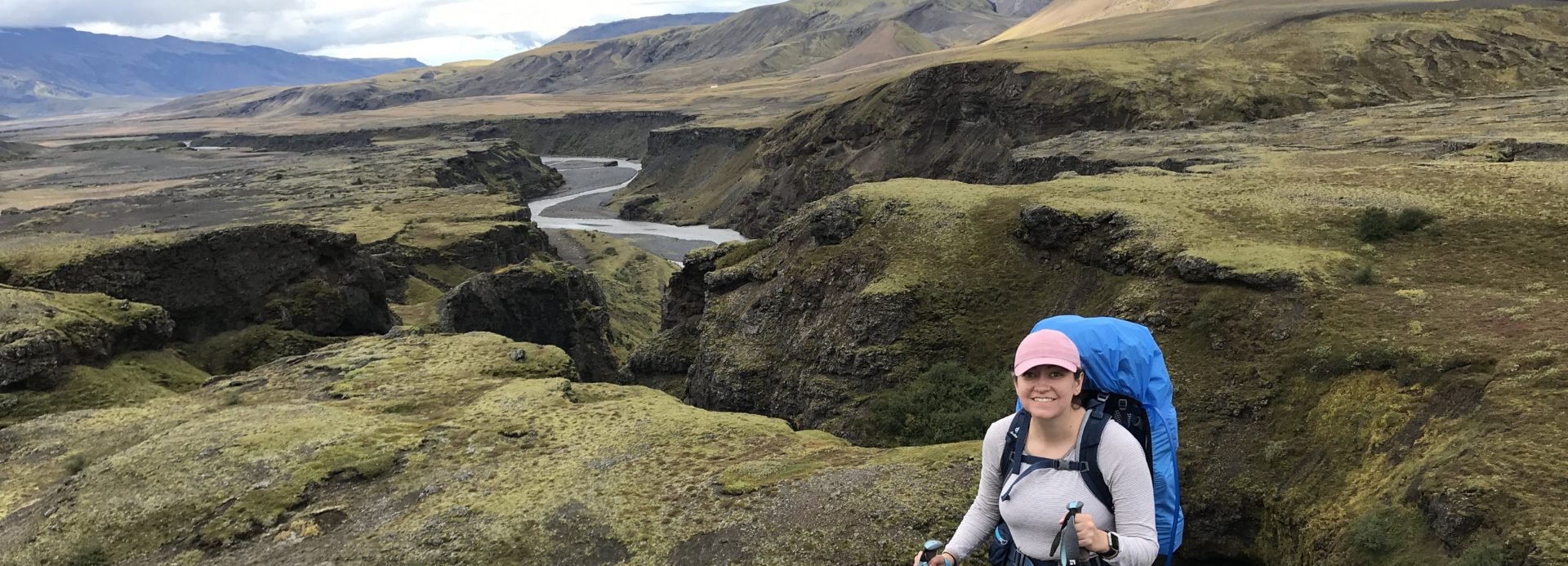
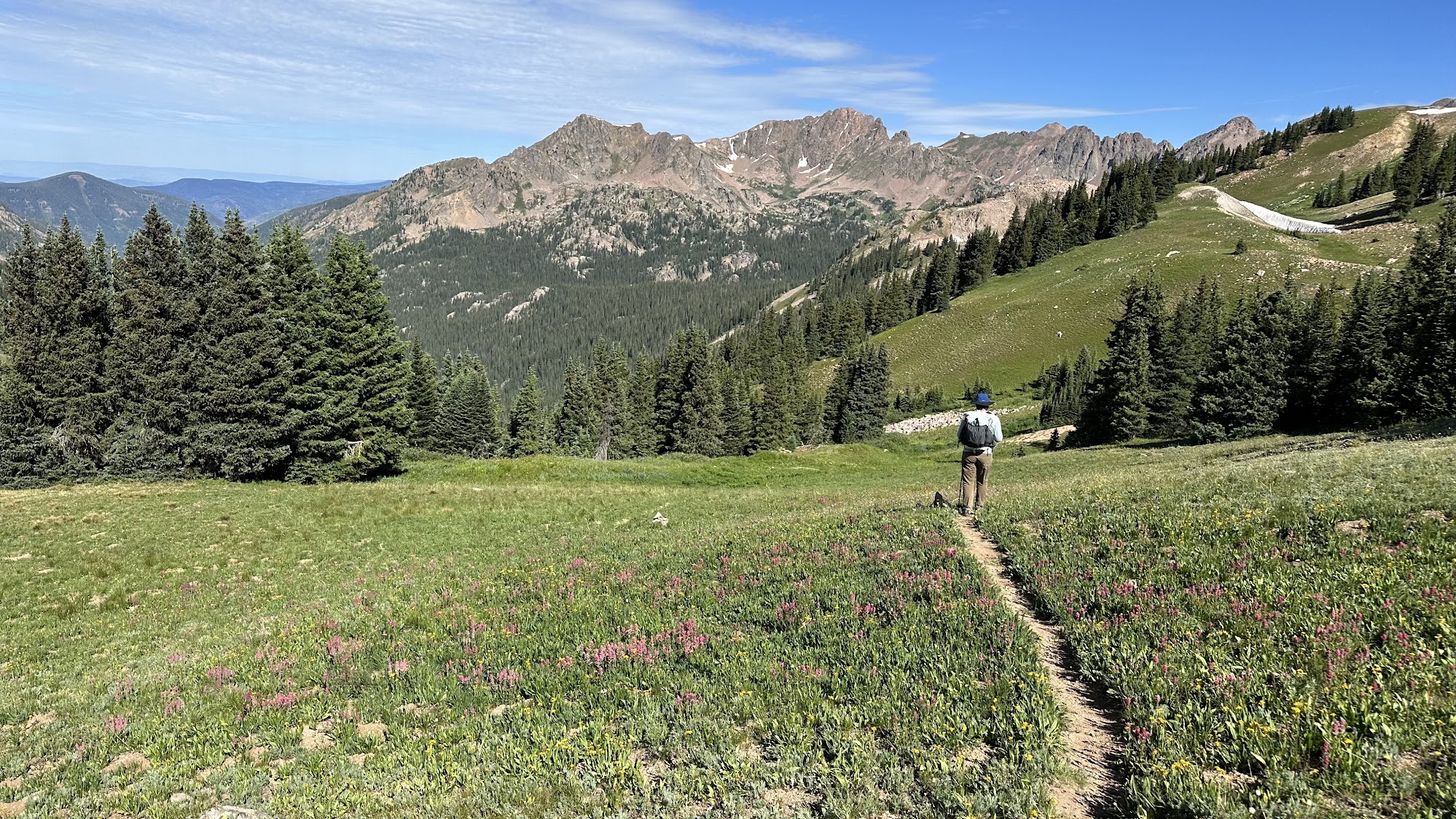
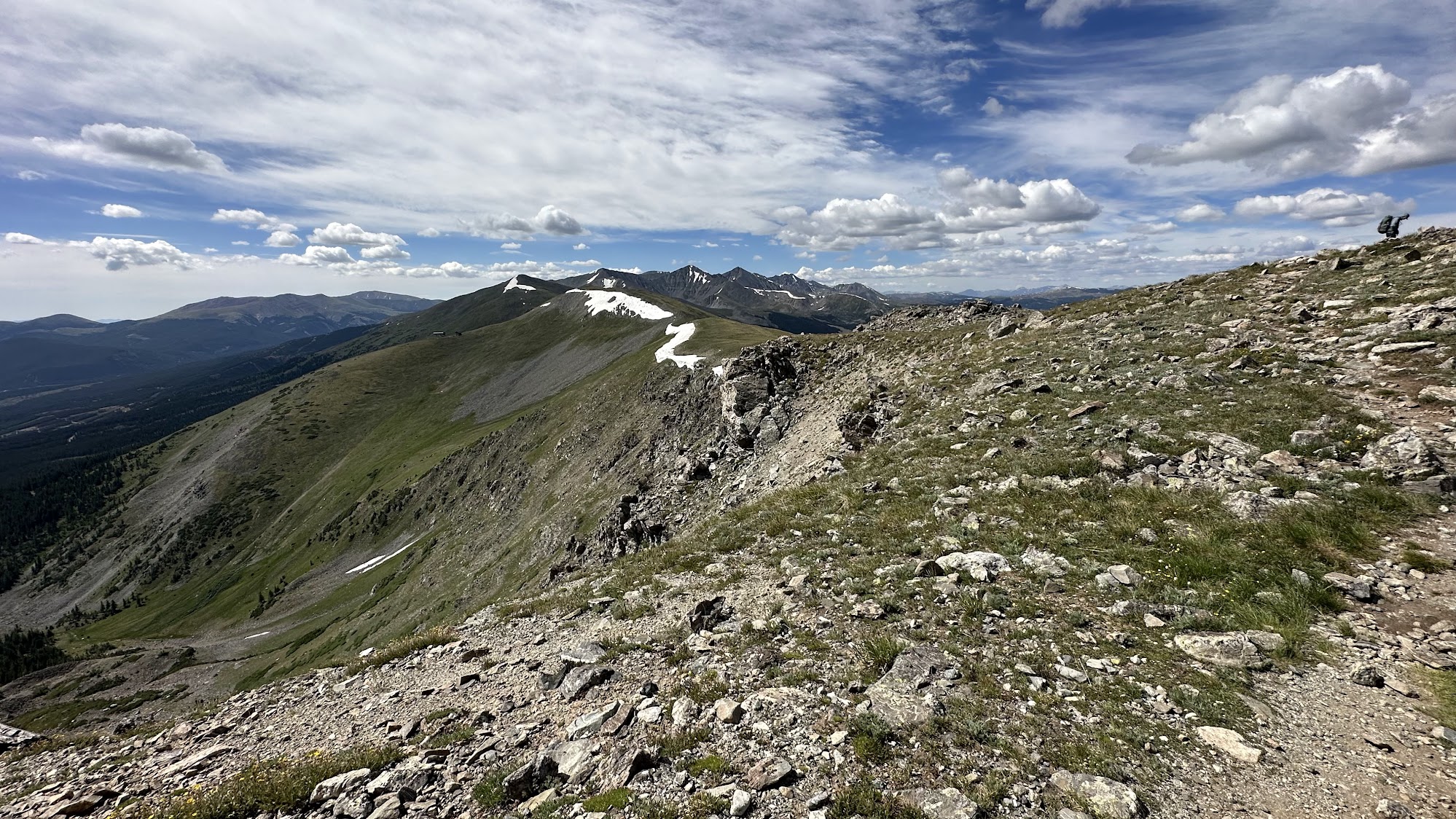















































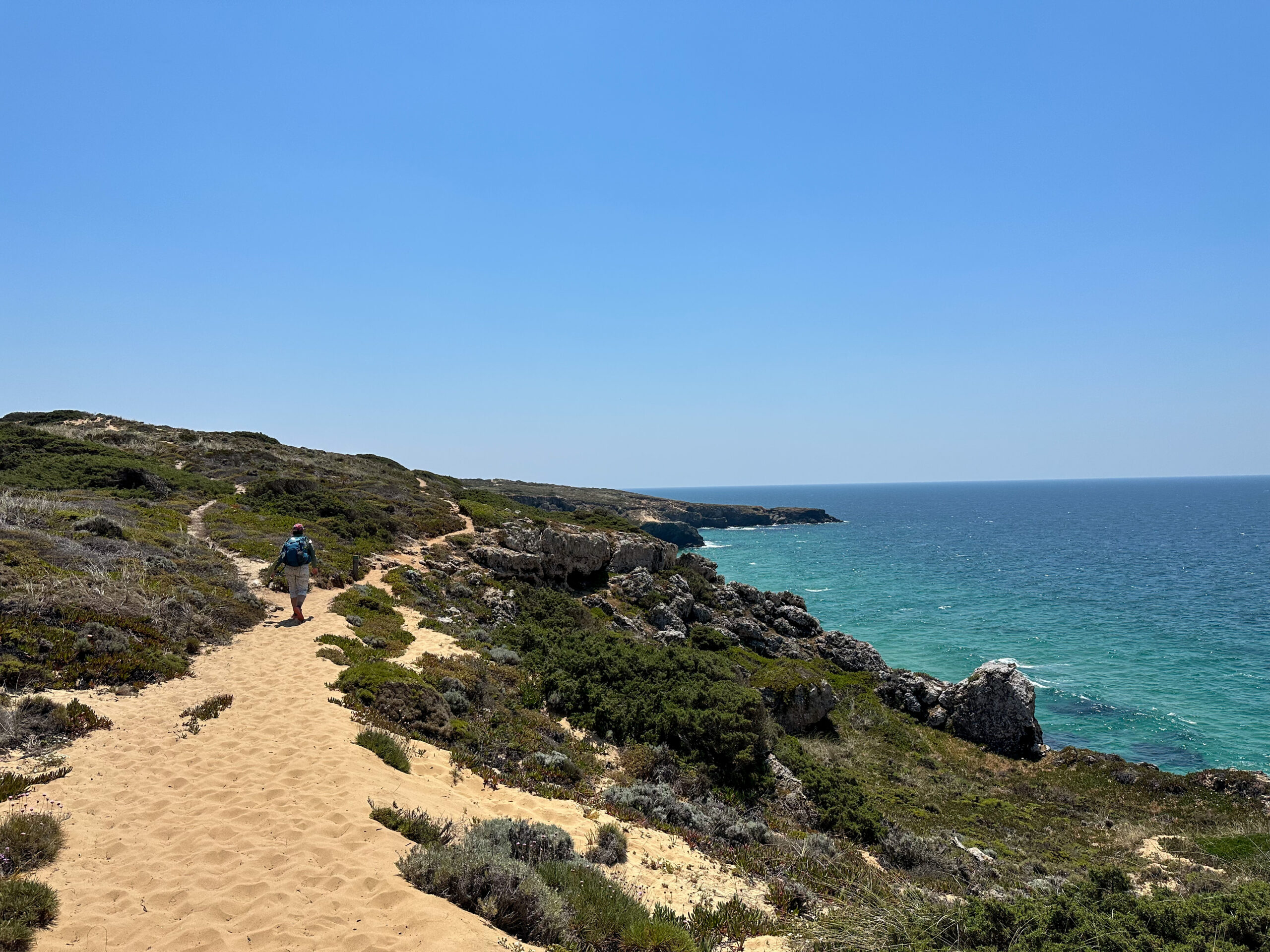






 Throughout the first day, you can choose to follow the trail or walk directly on the beach. We chose to walk directly on the beach, mostly.
Throughout the first day, you can choose to follow the trail or walk directly on the beach. We chose to walk directly on the beach, mostly.











 You then walk along the beach and cut over to the trail, which gets you back up along the cliffs with the breathtaking ocean views.
You then walk along the beach and cut over to the trail, which gets you back up along the cliffs with the breathtaking ocean views.



































































